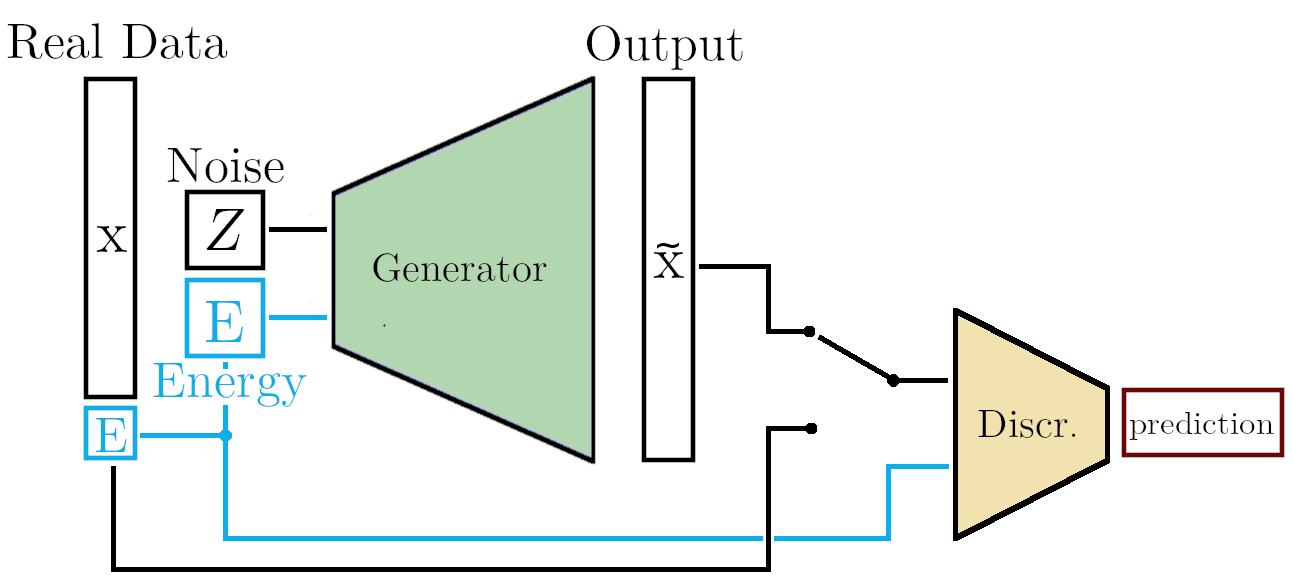Getting High: High Fidelity Simulation of High Granularity Calorimeters with High Speed
Accurate simulation of physical processes is crucial for the success of modern particle physics. However, simulating the development and interaction of particle showers with calorimeter detectors is a time consuming process and drives the computing needs of large experiments at the LHC and future colliders. Recently, generative machine learning models based on deep neural networks have shown promise in speeding up this task by several orders of magnitude. We investigate the use of a new architecture -- the Bounded Information Bottleneck Autoencoder -- for modelling electromagnetic showers in the central region of the Silicon-Tungsten calorimeter of the proposed International Large Detector. Combined with a novel second post-processing network, this approach achieves an accurate simulation of differential distributions including for the first time the shape of the minimum-ionizing-particle peak compared to a full GEANT4 simulation for a high-granularity calorimeter with 27k simulated channels. The results are validated by comparing to established architectures. Our results further strengthen the case of using generative networks for fast simulation and demonstrate that physically relevant differential distributions can be described with high accuracy.
PDF Abstract
